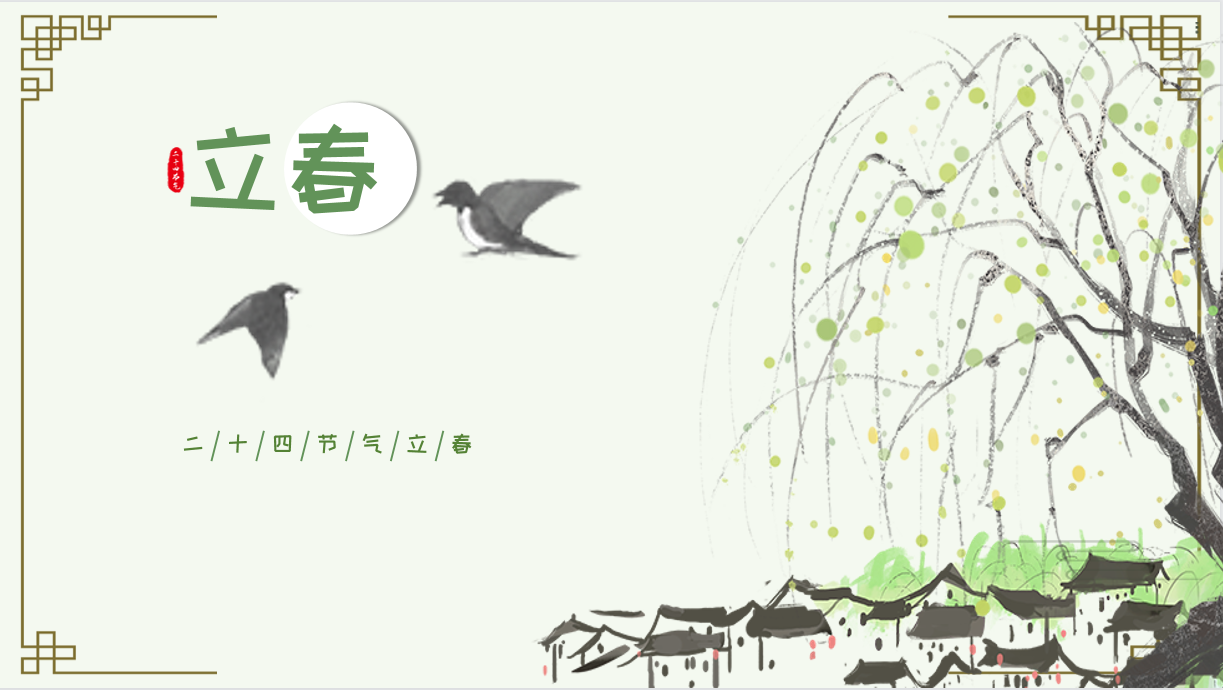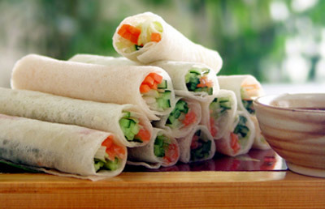Editor's note: The 24 Solar terms are an ancient Chinese calendar used to guide farming. They are the crystallization of the accumulated experience and wisdom of the working people of the Chinese nation. Since ancient China was an agricultural society, people required a strict understanding of the sun’s movement, and farming was conducted entirely according to the sun as well. Therefore, the “24 solar terms”, which reflects the sun’s movement cycle, were added to the calendar as the standard for determining leap months. The 24 solar terms are: Start of Spring, Rain, Awakening of Insects, Spring Equinox, Qingming festival, Grain Rain, Start of Summer, Grain buds, Grain in Ear, Summer Solstice, Minor Heat, Major Heat, Start of Autumn, End of Heat, White Dew, Autumn Equinox, Cold Dew, Frost’s Descent, Start of Winter, Minor Snow, Major Snow, Winter Solstice, Minor Cold and Major Cold. On November 30, 2016, China’s “24 Solar terms” were officially inscribed on UNESCO’s Representative List of intangible Cultural Heritages of Humanity. We have introduced this 24 Solar terms column to bring you a taste of the beauty of traditional Chinese culture.
The Start of Spring, which usually falls on February 4th, is one of the most essential solar terms, indicating the beginning of the whole year. Before 1912, the Spring Festival was the Start of Spring, not the first day in the lunar year, making the Start of Spring the most popular festival in ancient China. As the connection of two years, the Start of Spring conveys peoples’ positive wishes for the coming year.

Unlike Major Cold, as the west wind from Eurasia mitigates gradually, more warm-humid airflow will come from the ocean during the Start of Spring. That is why in ancient Chinese, the Start of spring is called “Dongfeng Jie Dong”, i.e., the east wind makes the ice above rivers melt. For most regions in China, nevertheless, this half-month period merely signifies the start of the year’s rejuvenation. In Southern China, people take off their jackets and the yellow-withered leaves emerge on branches, showing that everything is coming back to life, as does agricultural production. But in the other part of China, everything is still swayed by the chilly wind and bleak sky, with a few new sprouts and pieces of ice flooding on rivers. The Start of Spring is like a bugler, blowing the arrival of revitalization and a new year.
Based on the increasingly warm weather, people will leave their homes, where they’ve stayed for several months, to go outdoors. In addition, the Start of Spring also means the beginning of agricultural production. Hence, people hold many activities to celebrate this day and express their wishes for the next year.
Biting the spring
During the Start of Spring, people will make several special foods to celebrate spring. The fried Spring Roll (Chun Juan) is the most renowned, a fried pastry roll with a filling of sliced pork and cabbage. In Northern China, people prefer the Spring Roll (Chun Bing), another pastry roll wrapping sliced carrot, cucumber, and lettuce. Apart from these traditional dishes, the people living in the countryside invariably eat raw radish on this day. The ancients deemed biting radishes a means cutting off the connection to the past year, starting another journey in the following year. Nowadays, both Spring Rolls and Spring Pancakes have become commonplace on Chinese tables as treasures of traditional Chinese cuisine.

Spring Rolls
Go for an outing in spring
After the Start of Spring, green will replace the endless snow white. Appealed by the beautiful scene, people will leave their homes and rush into the arms of nature again. Staying at home to spend wintertime is dull, so people are excited to go outdoors as soon as spring returns. People will appreciate the picturesque scene while out and do some interesting activities, such as flying kites and having a picnic, to enhance the bond among family members.
As the first solar term in a year, the Start of Spring conveys many significances.Unlike other terms, not only was this solar term the most popular festival in the past, but also it means the earth begins to rejuvenate widely, marking the end of winter and the past year when young plants grow up, and rivers unfreeze gradually. On this day, swathed by the warm breeze, people are heading to another journey with great hope.

